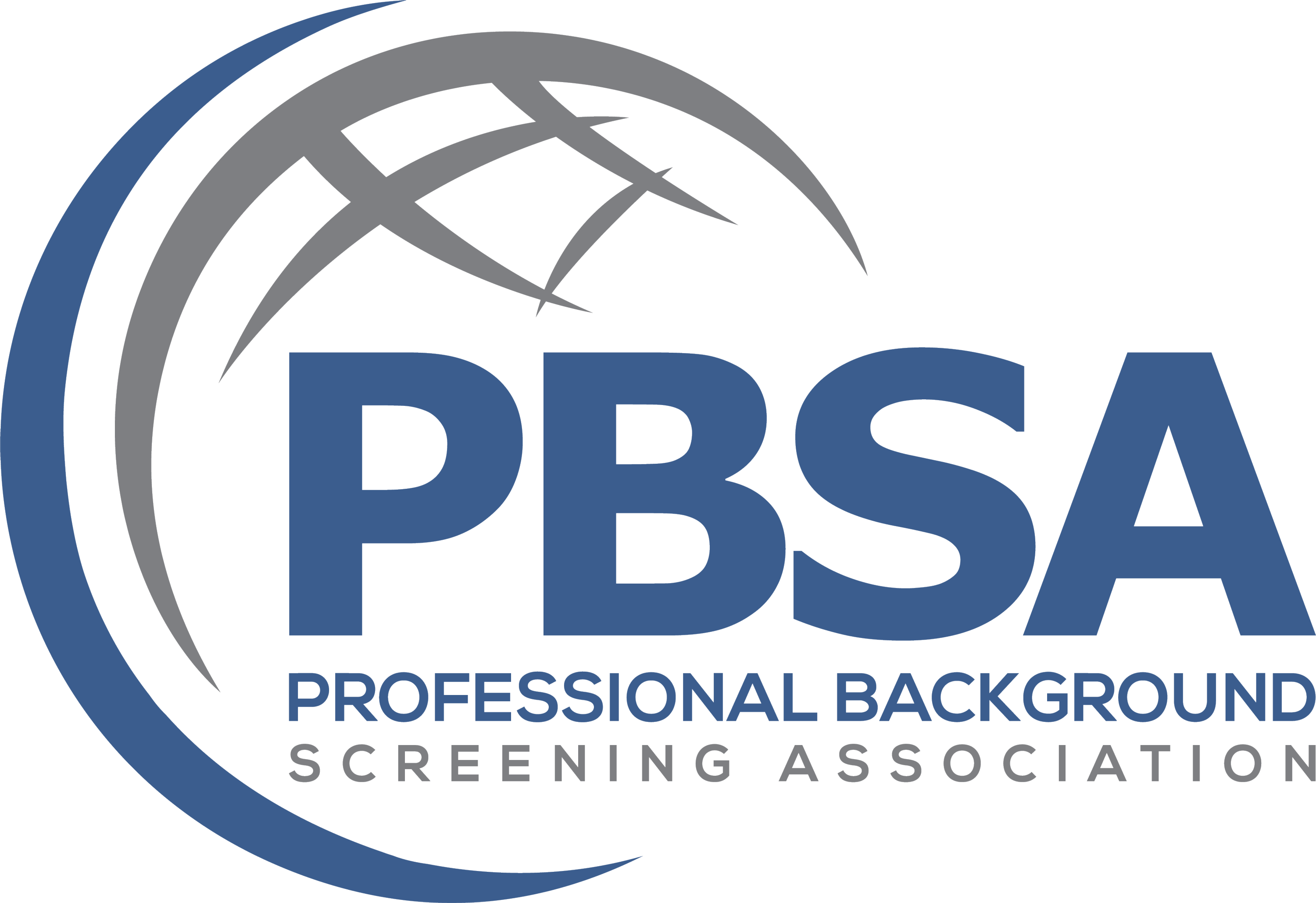The improvements in technology have brought forth a slew of new security issues, which financial institutions must address if they are to continue to provide their consumers with the best and safest services possible.
According to studies, the financial-services industry is the most targeted of all businesses, with organizations in this area being 300 times more vulnerable to cyber-attacks than those in any other industry. The fact that most banking assaults are directed at customers rather than financial institutions implies that digital banking—a technology that wants to delegate more control to customers from the start—remains vulnerable to a wide range of security threats. In addition, the more “digital” banks develop, the greater the number of channels for potential points of attack from hackers, who are continuously innovating to exploit new weaknesses.
Banks and their developers work together to make digital banking as convenient and comfortable as possible for their customers. However, as we all know, convenience and security are not the best of friends. In the financial services sector, there are numerous specialized security solutions available, and it is this fact that is the fundamental reason why these solutions are considered “unique” in some way.
Here are some of the ways in protecting your digital banking account information:
- Avoid public Wi-Fi networks while accessing your digital banking accounts.
- Regularly change your passwords, and not use the same login credentials for all banking applications.
- Understand how to identify situations where you are most likely to be targeted by scams related to your digital banking accounts.
- Adapt a Multi-factor authentication (MFA) in your accounts where it requires you of at least one extra form of identification verification in addition to a text password.
- Use biometric identification which utilizes biological characteristics such as fingerprint, speech pattern, and ocular retina to access your account.
- Inquire for a card locking feature in your digital bank account; this allows you to temporarily lock your debit card so that your funds aren’t vulnerable if it is misplaced or stolen.
- Ensure that you transact with banks that have a track record of doing the necessary and periodic background checks for new and current employees to check for criminal records, patterns and compromising activities.
The security measures that the bank has implemented go far enough to protect customers from dangers, but customers should still expect to be vulnerable to any assaults. As an online banking client, you help secure your account information by playing an essential part in the online banking system. By practicing safe online banking and learning more about it you may, therefore, have peace of mind knowing that your financial data is protected when utilizing digital and mobile banking.


